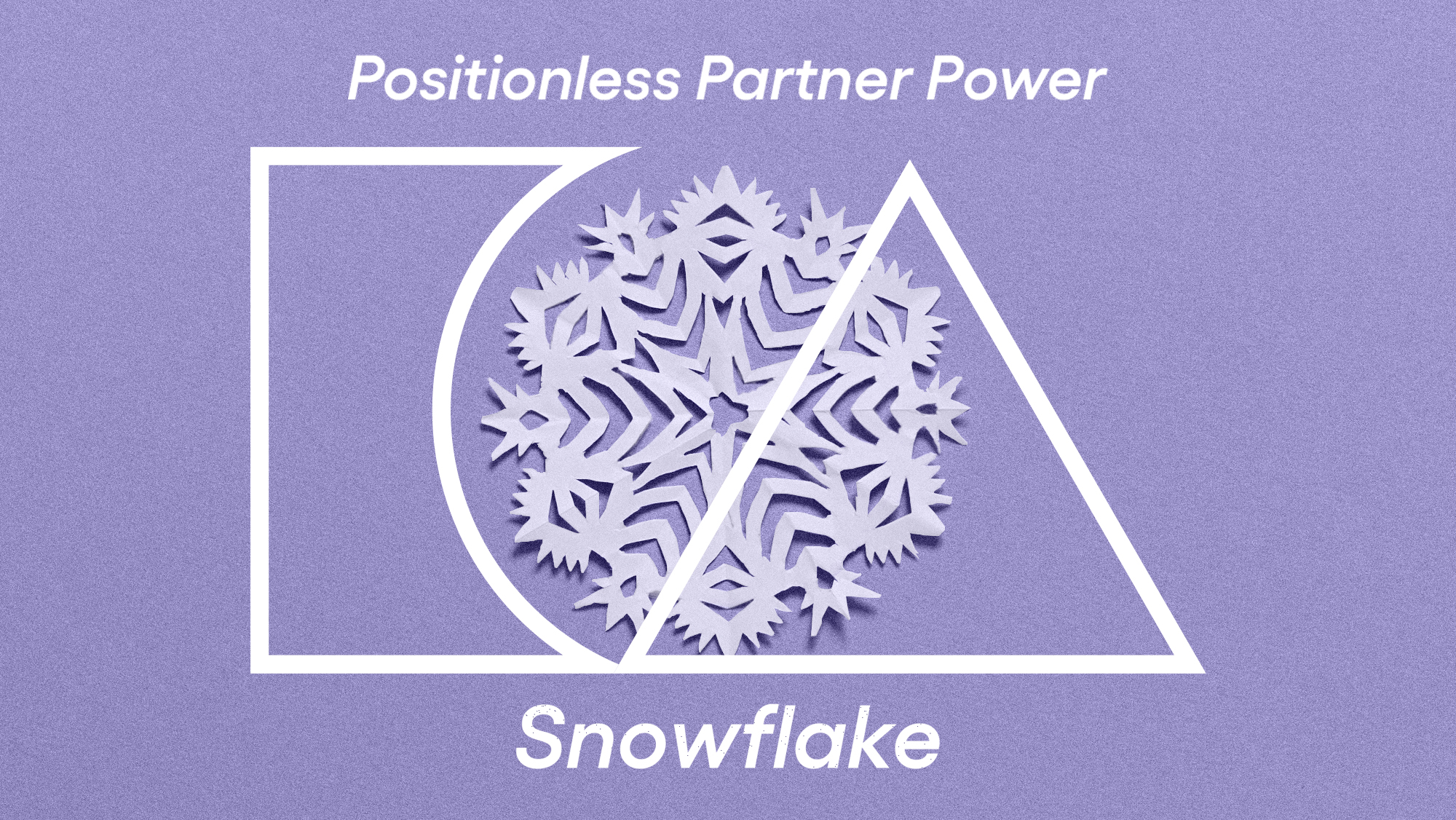
AI and the Retail Marketer’s Future
How AI transforms strategy and processes, driving the adoption of Positionless Marketing
Exclusive Forrester Report on AI in Marketing
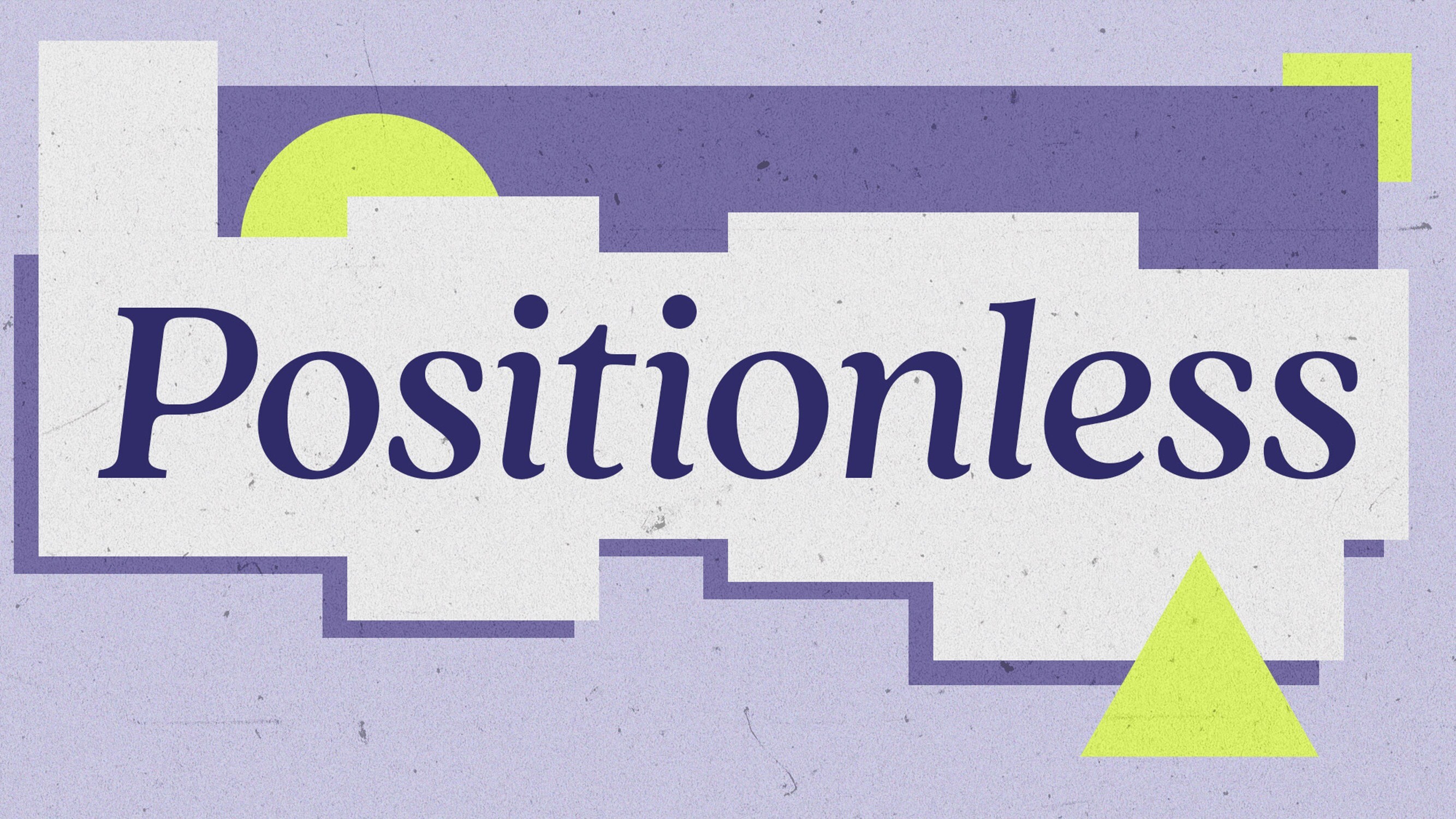
Given that retention is the key to growth (and if you’re not convinced, read this), successful brands should always be eager to learn more about their existing customers. Thinking of ways to improve their shopping experience should be an ongoing top priority.
This is especially true when dealing with new customers, as you have to give them a good first impression to keep them around.
That’s what Customer-Led Marketing is all about. It focuses on understanding and catering to the needs of existing customers.
So, how do you ensure that you provide customers with what they want and need to make them stick around?
To answer this question, we analyzed the e-commerce transactions of a leading women’s clothing brand with over 1 million customers in its database.
Here's what we learned.
We checked the number of items each customer in the retailer’s database ordered on their first purchase. Here’s the distribution of customers according to their first order amount:
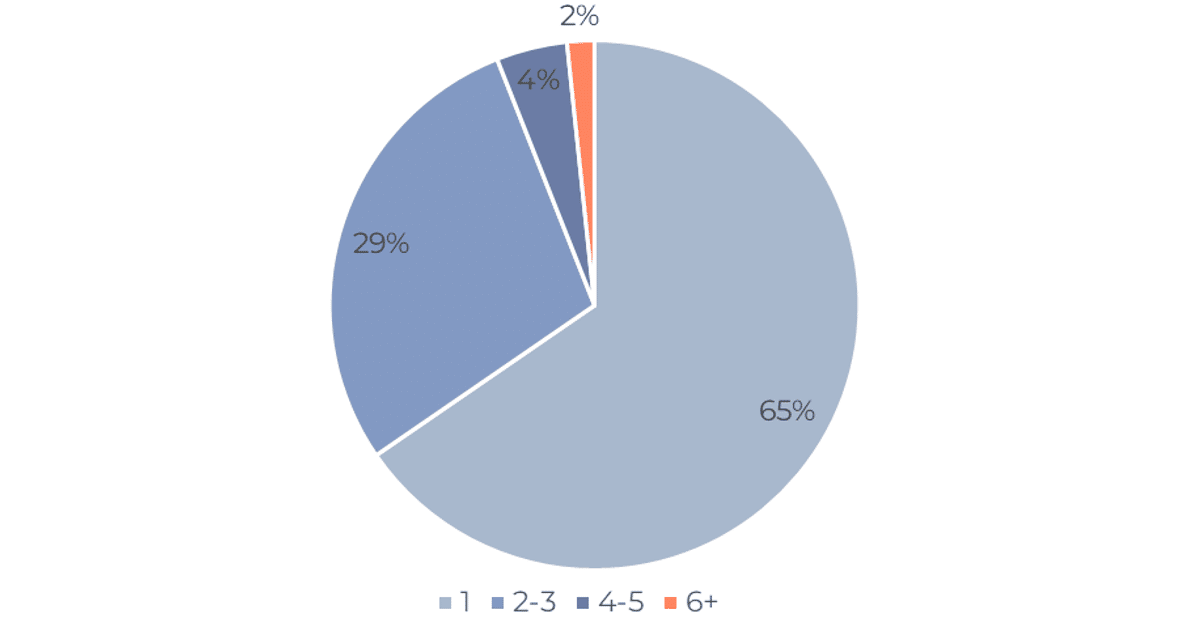
The more items a customer buys in their first purchase, the higher the likelihood of them placing a second order.
Among customers who bought only one item in their initial purchase, just 24% went on to place a second order. Of those who purchased between two and three items in their first order, the probability rose to 31%, making them 27% more likely to place a second order compared to those who bought one item.
Out of all shoppers who purchased between four and five items, 36% went on to make an additional purchase, making them 49% more likely to place a second order compared to those who bought one item in their first order.
Finally, the probability of placing a second order was highest among customers who bought six or more items in their first order, at 40%, making them 66% more likely to place a second order compared to those who bought one item in their first order.
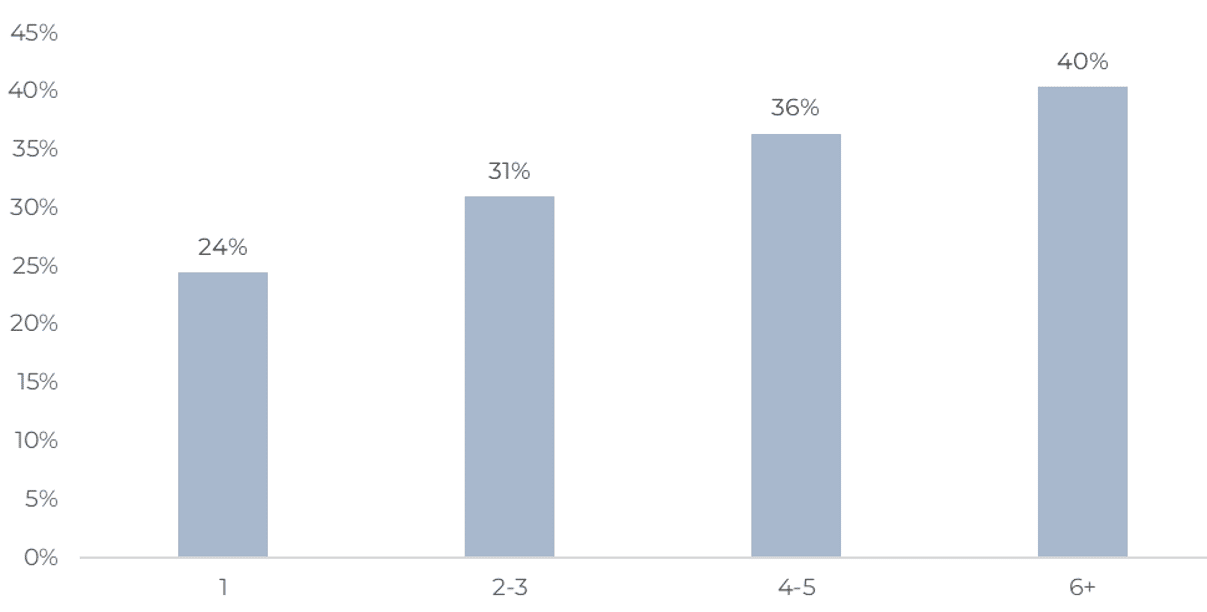
Did you know that the second-order barrier is a real obstacle for shoppers? Often, you have those one-time purchasers who never return to make a second purchase.
There are many reasons why second-order barriers occur, including competition from similar brands, high costs, complexity or difficulty in the purchasing process, lack of perceived need or benefit, and more.
Getting past the second-order barrier is one of the biggest challenges for online retailers. Even if a retailer wasn’t successful in getting the customer to increase the number of items in their first order, they should still encourage customers to return for a second purchase.
Insider tip: There are many strategies for enticing customers to make a second purchase. For starters, rewarding customers on their first order with a heartfelt thank you email is a great way to make them feel appreciated and valued. You can add a touch of personalization by sprinkling a special discount in that email to encourage them to make a second purchase sooner.
You can also run a re-targeting campaign on TikTok, Facebook, the Web, or any other channel to promote your products. Contacting customers through push notifications or SMS is also worth a shot.
Remember, second-order barriers give marketers a time-sensitive opportunity to engage customers while their first purchase is still relevant and top-of-mind.
In comparison to shoppers who purchased only one item in their first order, our analysis shows that customers who purchased two items in their first order placed an average of 9% more orders in the future.
The trend continues as customers who purchased three or more items in their first order placed an average of 16% more orders than shoppers who purchased only one item.
Finally, those who purchase four or more items in their first order placed an average of 25% more orders in the future.

Here are some ways you can encourage customers to continue shopping with your brand:
Watch this space for more ways to read the lines between your customers' behavior to turn your first-time purchasers into loyal customers for the long term.
"Oh, the things you can do if only you try!"
Exclusive Forrester Report on AI in Marketing
In this proprietary Forrester report, learn how global marketers use AI and Positionless Marketing to streamline workflows and increase relevance.
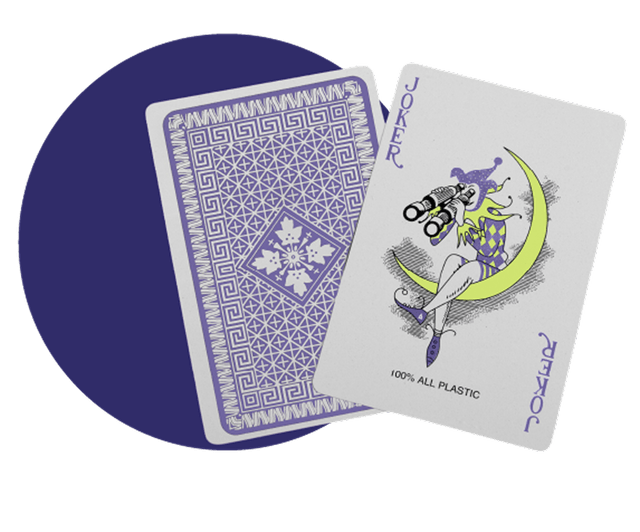

Dafna is a content marketing manager and writer who generates branded content for online industries, specializing in lead generation, SEO, CRM, and lifecycle stage marketing.
With over ten years of professional writing experience, she helps brands grow and increase profitability, efficiency, and online presence. Dafna holds a B.A. in Persuasive Communications from Reichman University (IDC Herzliya).

